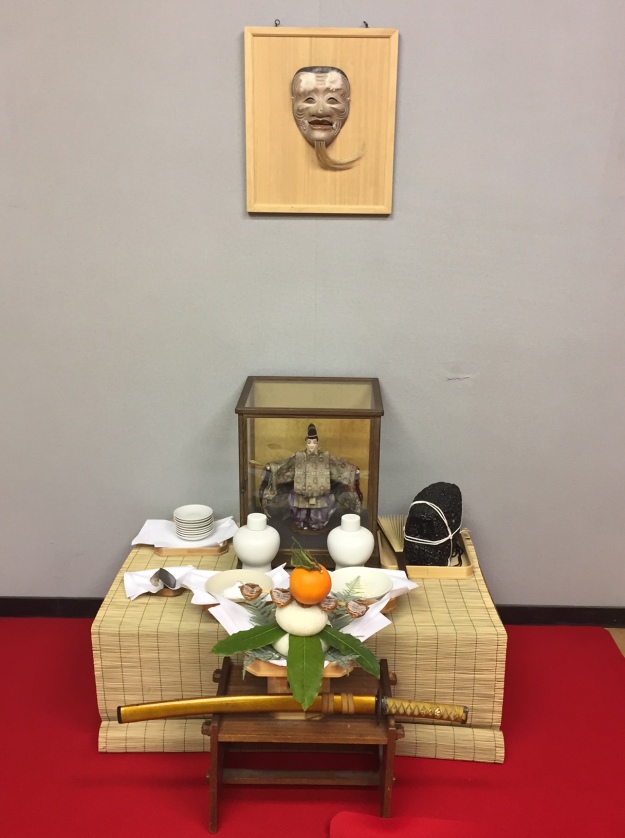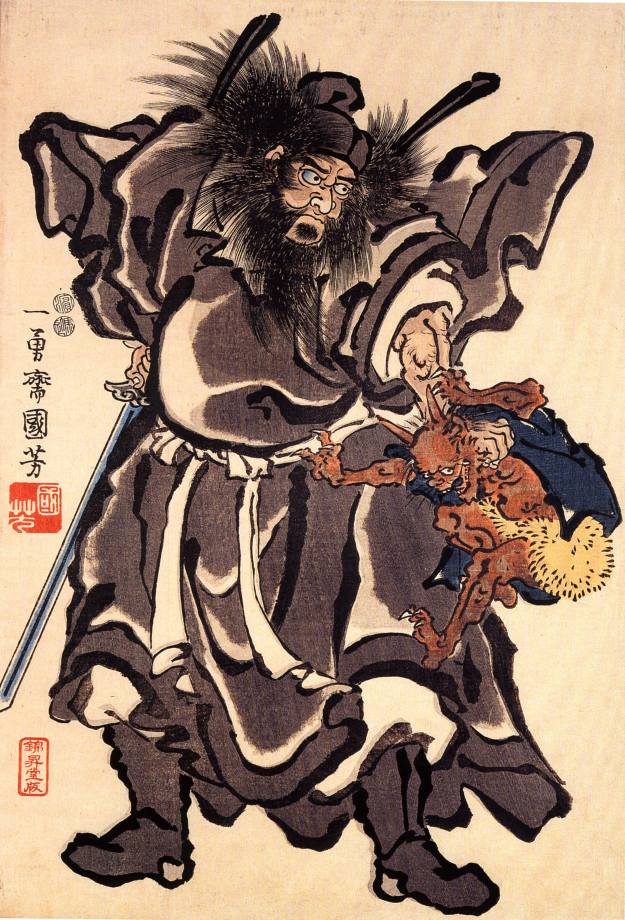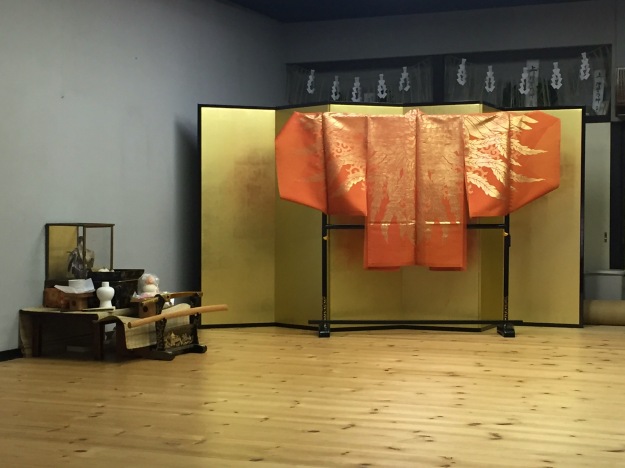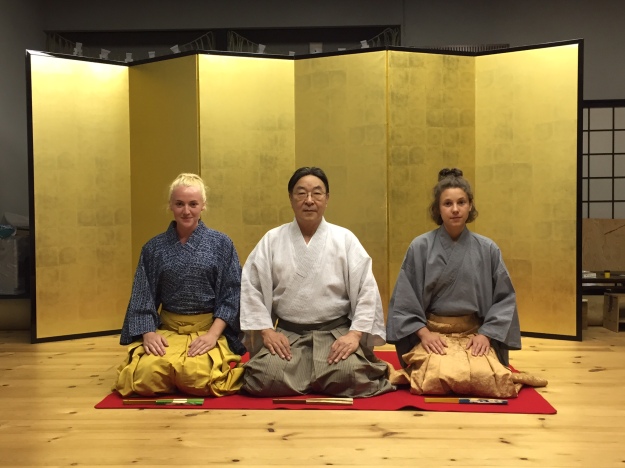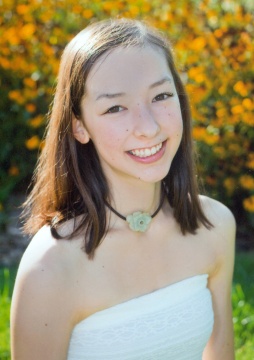
Hana Lethen
Hana Lethen lives in Texas and is a junior at Princeton University majoring in Comparative Literature, with a focus on Japanese and Russian language and culture. She spent her spring semester 2016 in Kyoto studying Japanese language, society, and traditional theater through Columbia University’s Kyoto Consortium for Japanese Studies.
Hana decided to take her exploration of Noh to a higher level, attending a number of performances along with fellow KCJS students, and also practicing Noh chant and dance with the INI. Here are a few insightful reflections on her experience.
Diego Pellecchia, INI Junior Director
Discovering Noh Through Dance
by Hana Lethen
When I asked Monica Bethe, the professor for a course on Noh that I took this past semester, for support regarding my final paper comparing ballet and dance in Noh theater, I was expecting book recommendations. So, I was a bit incredulous when she suggested that I take lessons— “the best way to learn is to do”—but soon realized what a great opportunity had presented itself.
With an introduction and much help from Diego Pellecchia, who was co-teaching my Noh course, I went to okeiko every week during my last month in Kyoto. On the first day, I was very nervous. The only thing I knew to expect was that okeiko would be very different from practicing ballet, which I have done since I was five years old. I had an impression of Noh as a very traditional and elite art, so I expected okeiko to be somewhat rigid.
However, when I entered the okeikoba, I was surprised by the intimate and almost relaxed atmosphere. First, we spent about an hour having tea and chatting with Udaka-sensei, who, for all his talents and experience, was very kind and not at all intimidating. It was during this tea session that I began to realize that the constrained schedule of normal life does not apply to the okeikoba. Time here is fluid; okeiko starts and ends basically when Udaka-sensei deems appropriate. Noh is a combination of religious ritual and art—neither of these can be rushed.

Learning the hiraki kata
We began my first lesson with a bit of practice chanting the text which accompanied the dance from Tsurukame which I was to learn. I have always dreaded singing or speaking onstage, so my thoughts at this point were along the lines of “I came here to learn the dance, not the chanting…” But, I realized that a large part of the beauty of Noh comes from the unity of dance and poetic text, so I overcame my initial reservations.
Learning the dance, too, proved to be as much about “letting go” as it was about precisely learning the movements. Having extensive ballet experience was helpful in terms of coordination, but it also meant that I had some assumptions about dance lessons that were challenged in okeiko. At first, I somewhat expected Udaka-sensei to break down each movement for me, as a ballet teacher would do. More than this, however, my okeiko involved watching Udaka-sensei’s movements and imitating them as carefully as possible. Like much Japanese traditional fine art, dance in Noh is subtle, but expressive; restrained, but powerful. Although some movements felt unfamiliar, I tried to understand the general flow of the dance.
I was impressed by the atmosphere at the okeikoba of humility and of respect for the art of Noh. I was also touched by the attention Udaka-sensei devoted to each of his pupils—even to me, a complete novice. Reading and learning about Noh, and also seeing Noh performances, as part of my academic course was extremely valuable, but getting a small glimpse from the performer’s perspective in okeiko made Noh come alive for me in an entirely new, exciting way. Professor Bethe was right—I am not sure how I would have written my final paper for her and Diego’s course without firsthand experience of dance in Noh. And, ultimately, I gained much more from okeiko than a final paper. I developed a very special appreciation for Noh through an experience that I would love to have again if I get the chance.
